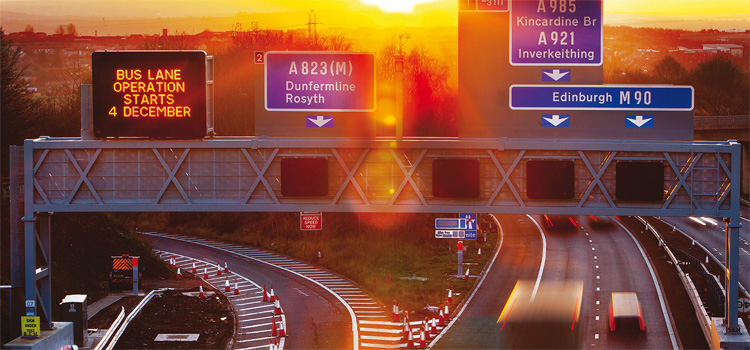
Camera Type
We use a variety of safety cameras to detect speeding vehicles and non-compliance with red-lights. The cameras in place at our locations are dependent on the specific needs of each site. All cameras are Home Office Type approved and calibrated on a regular basis, by a third party. Each of our camera housings & enforcement vans are highly visible & conspicuous, with signage in place at each site.
Please note that although Police Scotland Safety Cameras fulfils the above to comply with national Programme guidance, non-compliance would not provide any mitigation of, or defence for, an alleged offence.
Gatso Speed Cameras
Gatso Speed Cameras operate using radar technology and record two rear facing images recorded at 0.5 seconds apart. At each site there are secondary check markings painted on the road at specified intervals. These markings are captured on the photographic evidence and used to provide verification that the vehicle speed detected by the radar is consistent with the distance travelled by the vehicle in between the two photographs. The secondary check markings are not used to determine the exact speed of a vehicle as that is the function performed only by the radar
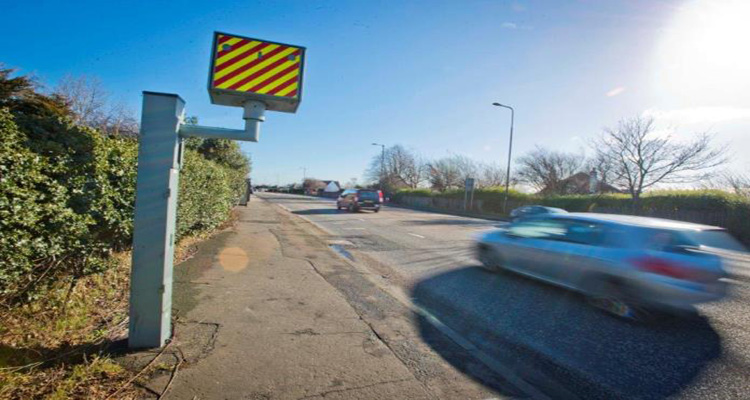
Vector SR Cameras
Vector SR is a home office type approved video-based fully self-contained traffic enforcement system capable of multiple applications such as red light and speed enforcement. Vector SR operates in a “non-invasive” way, removing the need for loops or strips in the junction’s road surface. An intelligent virtual grid is used for secondary verifications which means the traditional road markings are not required. The cameras use tracking radar to enforce, with multi lane coverage. The system uses infra-red technology which allows images to be captured without the need for camera flash. These cameras have the capability to enforce both speed and red-light offences, or each individually according to the needs of the site.
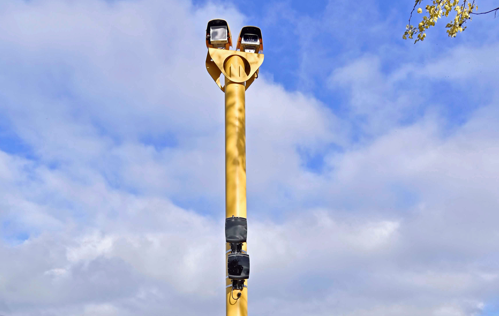
Redspeed Cameras
Redspeed cameras operate at traffic lights and can detect vehicles when they pass through a red light. Loops under the road surface are triggered when vehicles pass the stop line after the red light has signalled, which prompts the camera to take two images of the vehicles. The footage captured is reviewed by trained staff who confirm any offences. Many of these cameras also have a dual function where they can additionally be used to detect speeding vehicles.
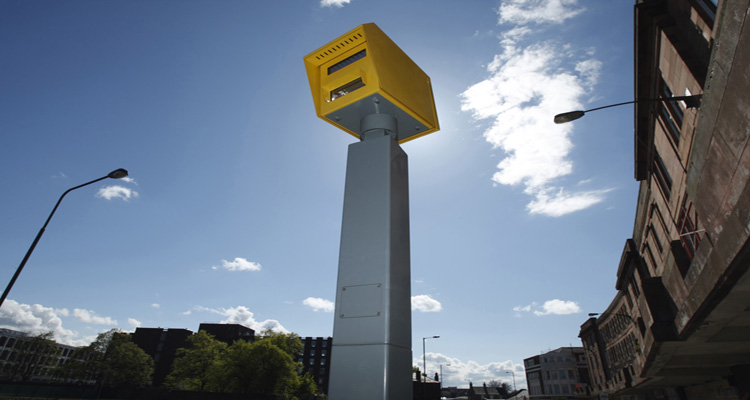
Mobile Camera
Mobile cameras are deployed in clearly marked vans operated by trained operators and use laser detection and image recording technology to measure the speed of vehicles both approaching and travelling away from the enforcement location. Each mobile camera unit van is also fitted with a 360 degree imaging system and is able to track and record images of an offending vehicle as it approaches, passes alongside and then moves away from the camera van. This is particularly effective in the identification of motorcycles and any other vehicle where a number plate was obscured or missing.
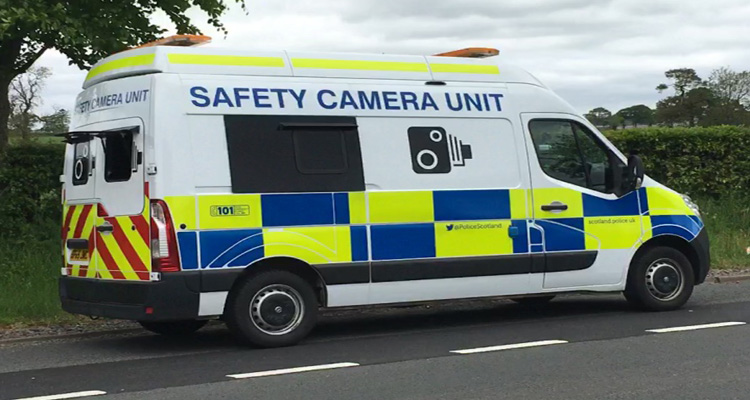
Average Speed Cameras
Average Speed Camera Systems use linked Automatic Number Plate Recognition (ANPR) cameras to monitor the average speed of traffic over a section of road, or network of roads. Cameras can be installed in front and rear-facing orientation and offending vehicles can be recorded between multiple locations and multiple lanes within the system.
These cameras are used at permanent locations to control speeds on routes with a collision history and on a temporary basis at major roadworks to manage speeds through areas where narrow lanes and contraflows can affect safety.
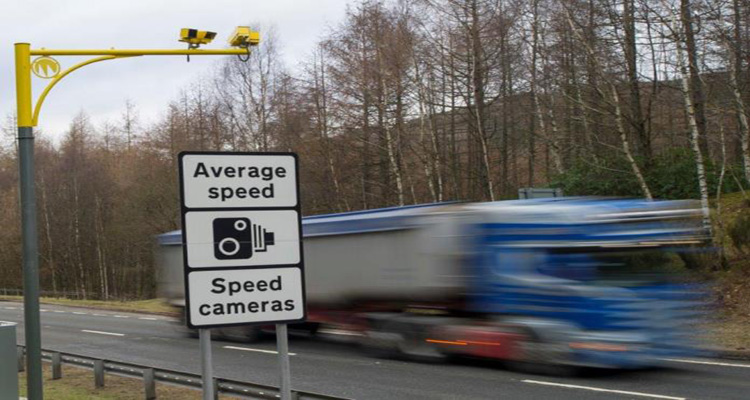
HADECS
HADECS stands for Highway Agency Digital Enforcement and Compliance System and is a type of Intelligent Transport System which aims to encourage compliance with mandatory variable speed limits. HADECS uses an automatic digital camera and radar system to determine the speed of vehicles. The calibrated radar measures the speed of every vehicle passing the gantry. If a speeding offence is detected then two images are taken and these are used to provide verification that the vehicle speed detected by the radar is consistent with the distance travelled by the vehicle between the two photographs. Find out more about the Queensferry Crossing HADECS here.
